Civil war ended in Sri Lanka in 2009. You can see the effects of it when you’re there. On one hand, heavily fortified areas. On the other, vast open deserts full of sand and weeds. These used to be plush mangrove forests. But the Sri Lankan military obliterated them to get rid of the Tamil Tigers hiding within them.
Sri Lanka still contains lush mangrove forests. My good friends at global non-profit Seacology are working with local villages to restore them to their pre-war glory. And with that, offset 15 million tons of carbon. (Mangrove forests sequester 5X that of other forests.)
Anu Tanaker of Sudeesa (Seacology's local partner) and I went to meet with the Sri Lanka President Maithripala Sirisena to discuss Seacology's new plan to preserve all of Sri Lanka’s mangrove forests. It was a crazy idea, and one the president loved. So Sri Lanka went on to become the first nation to preserve all of its mangrove forests. This project would not have been possible if not for local women, many of whom were widowed post-war, who received micro loans to start new businesses in their communities.
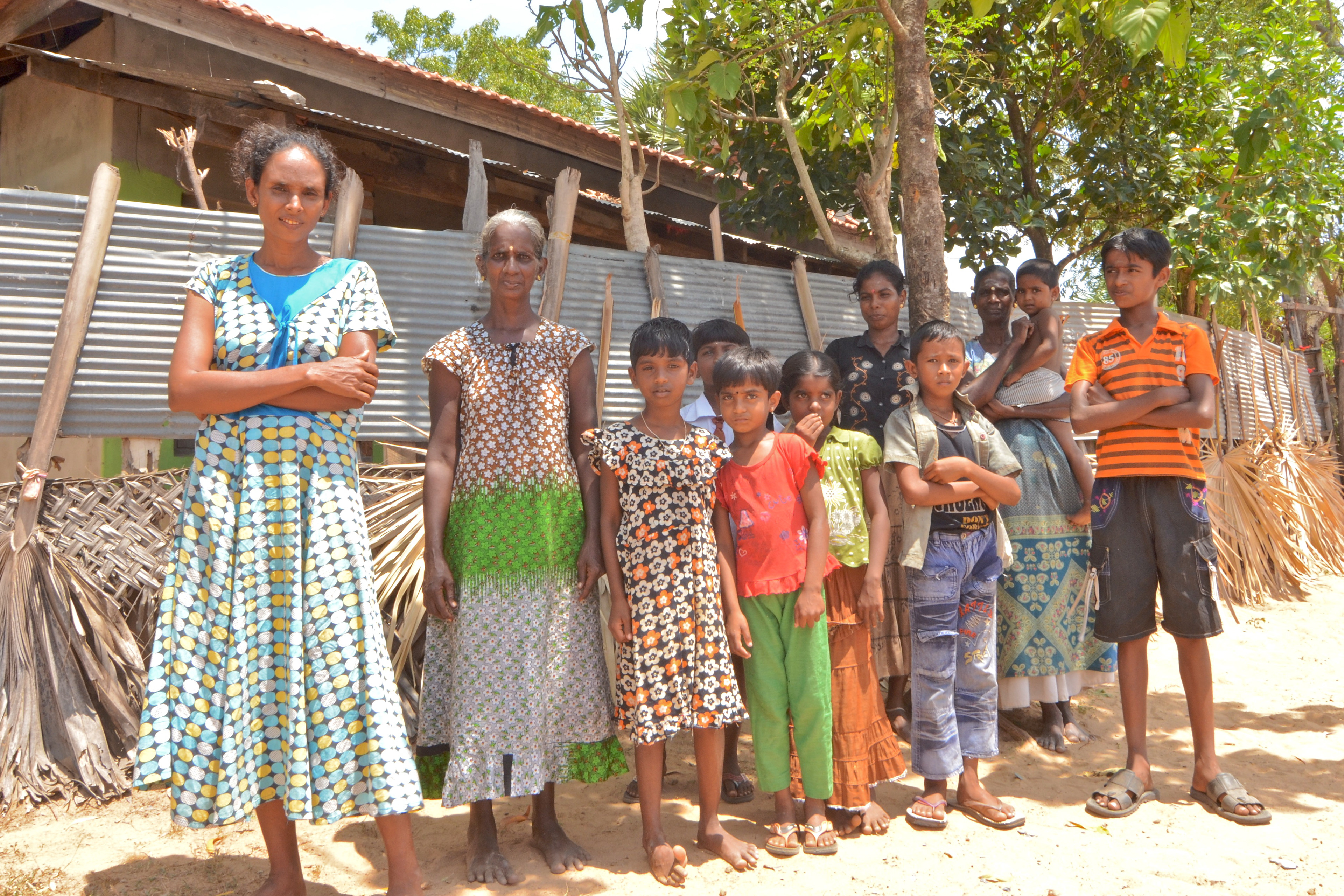
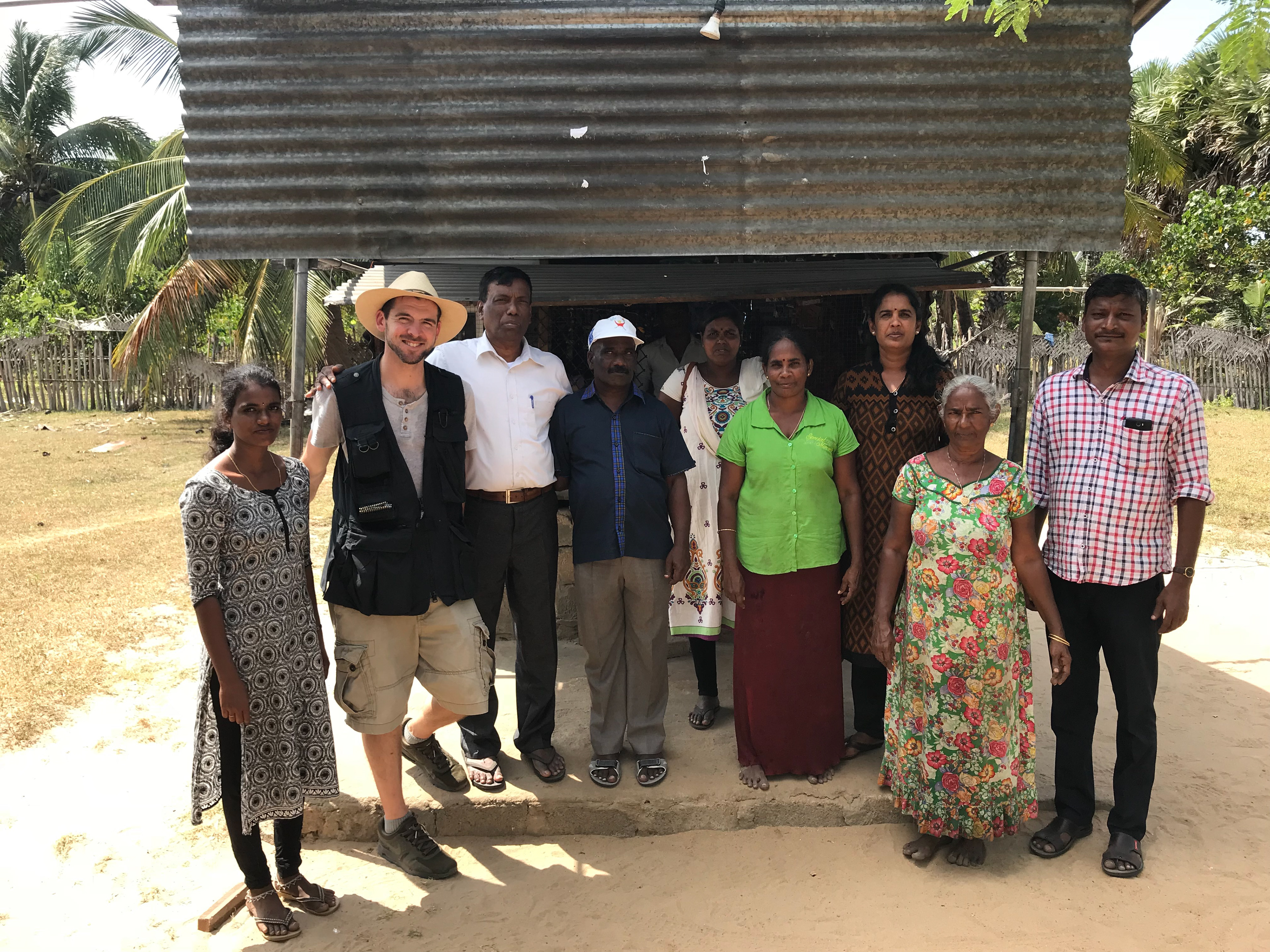
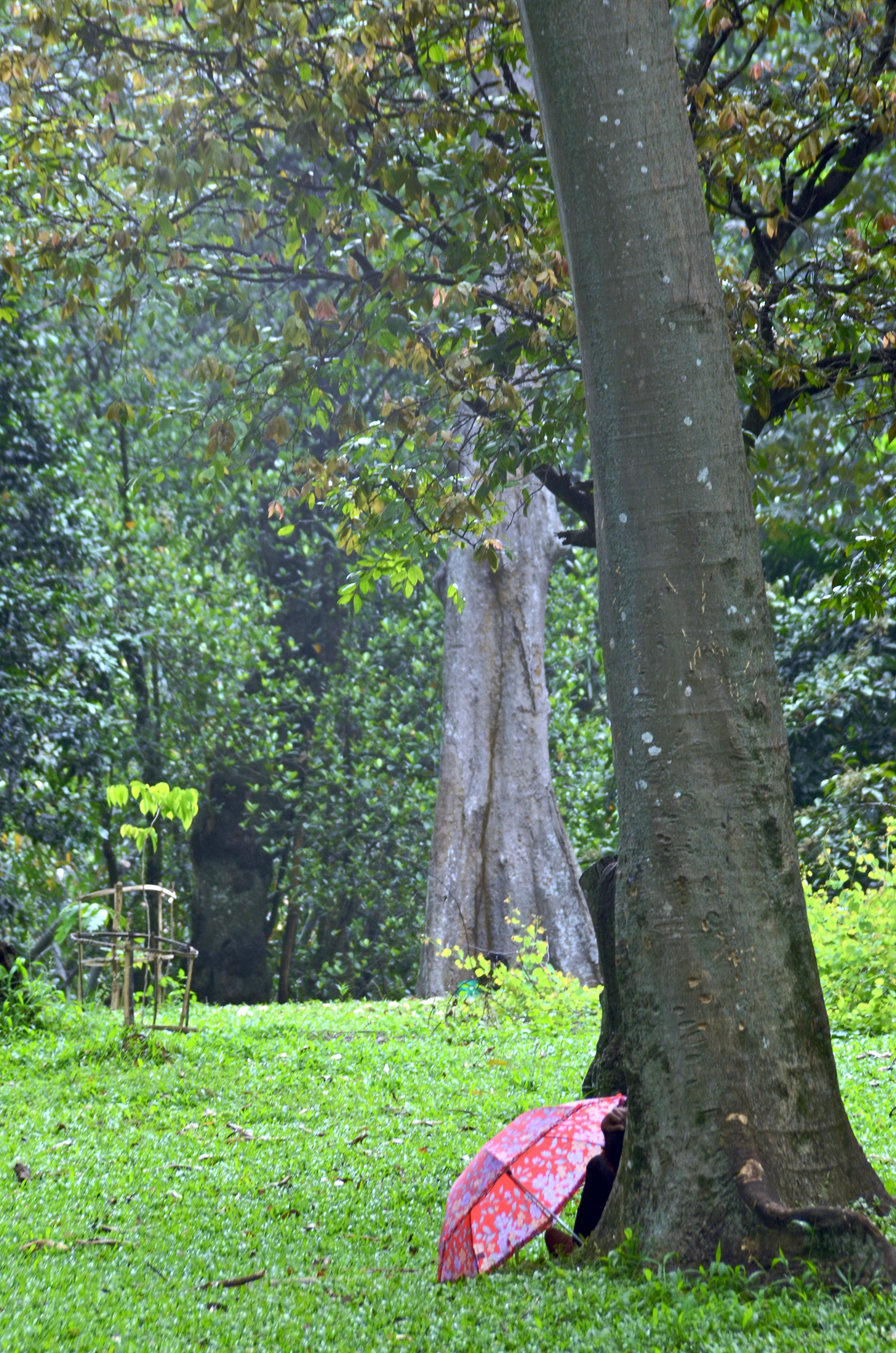
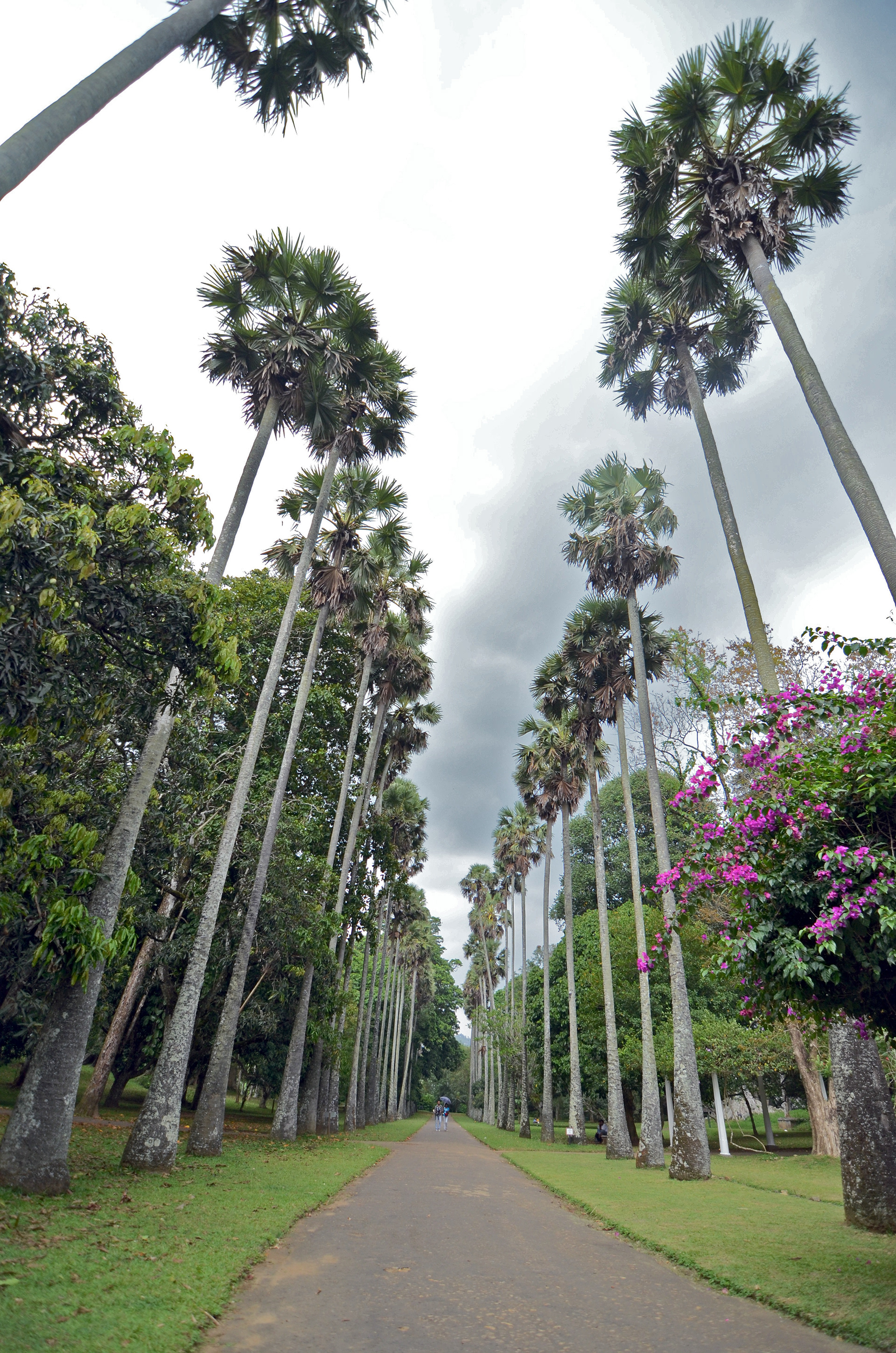
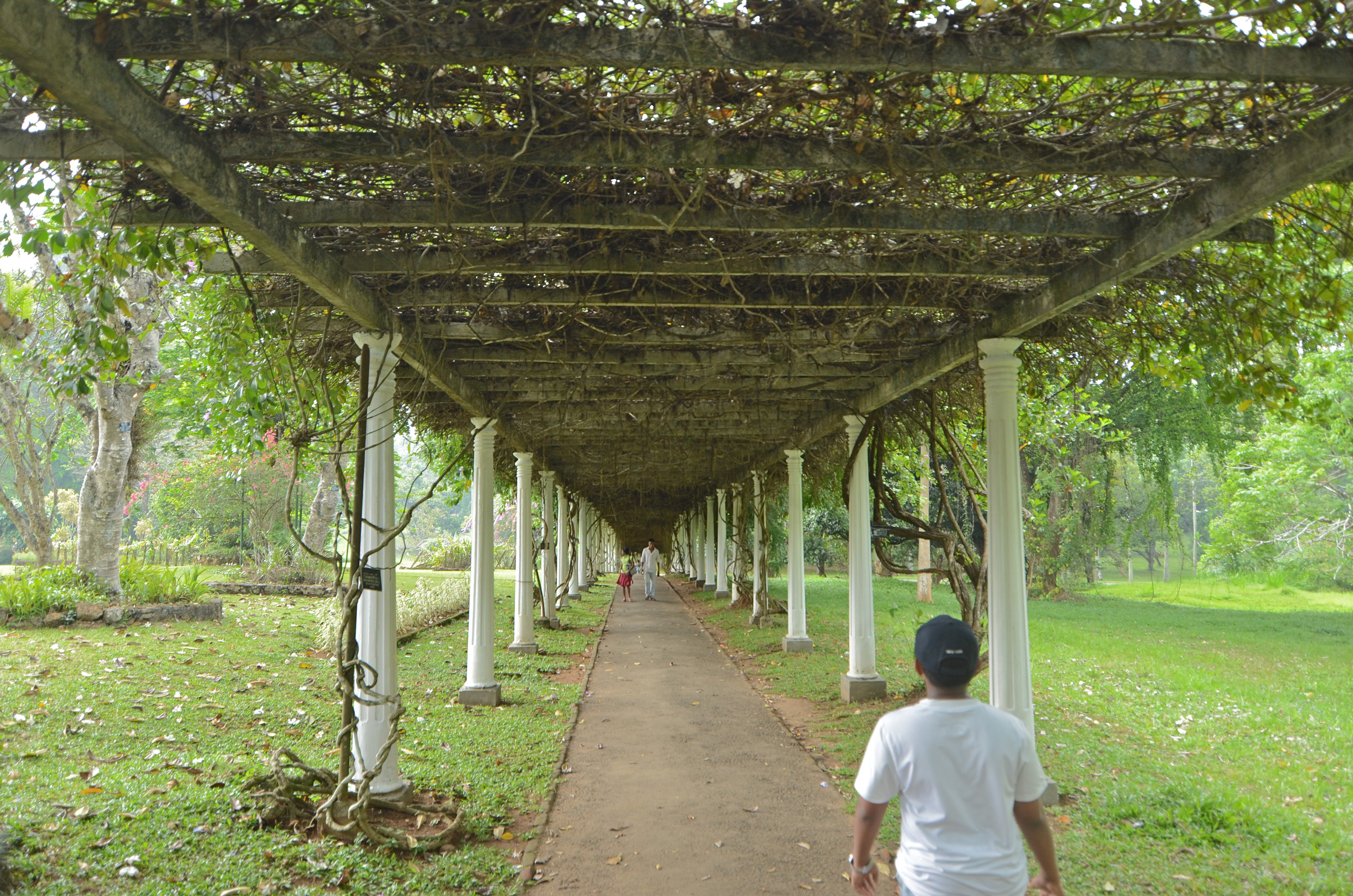
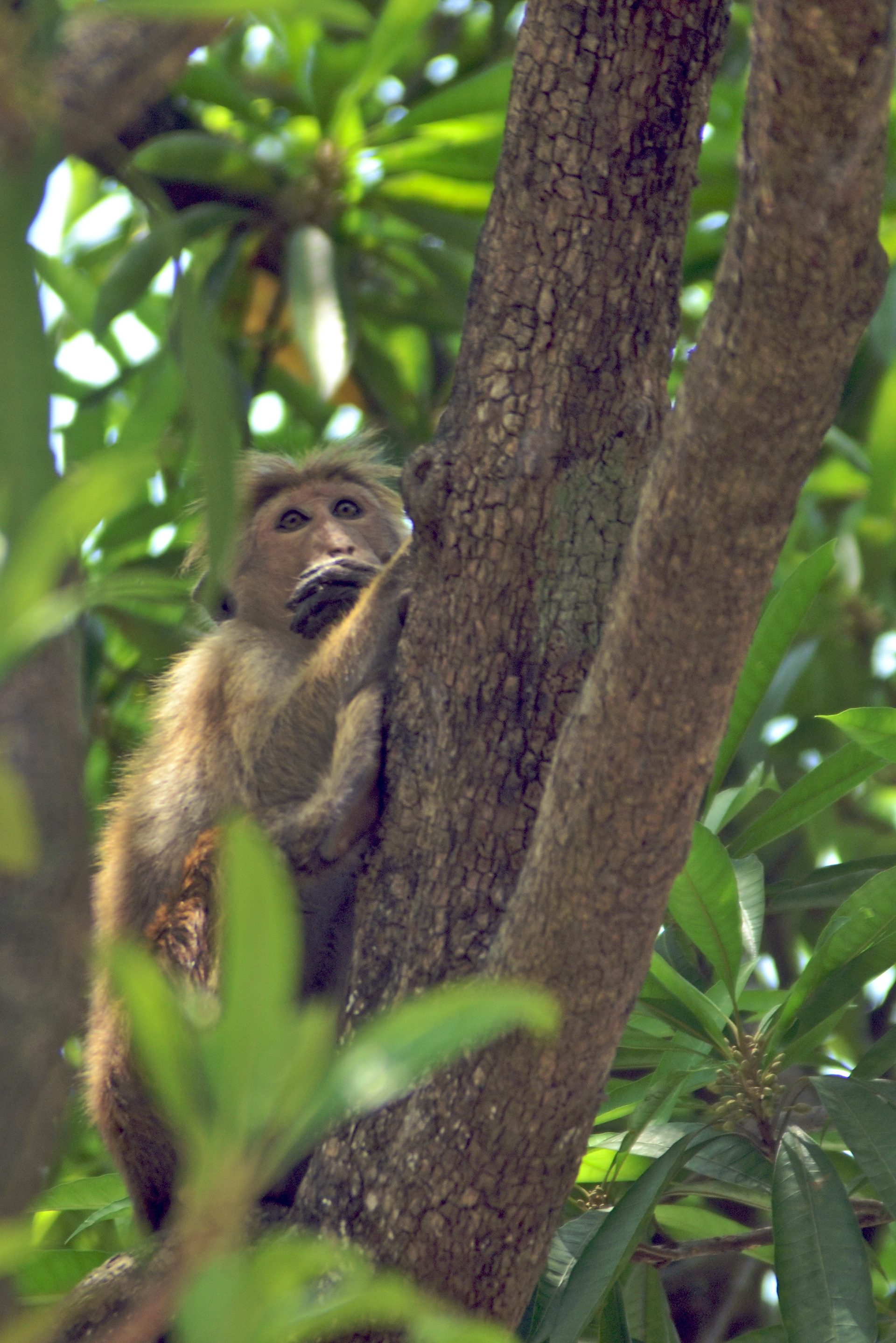
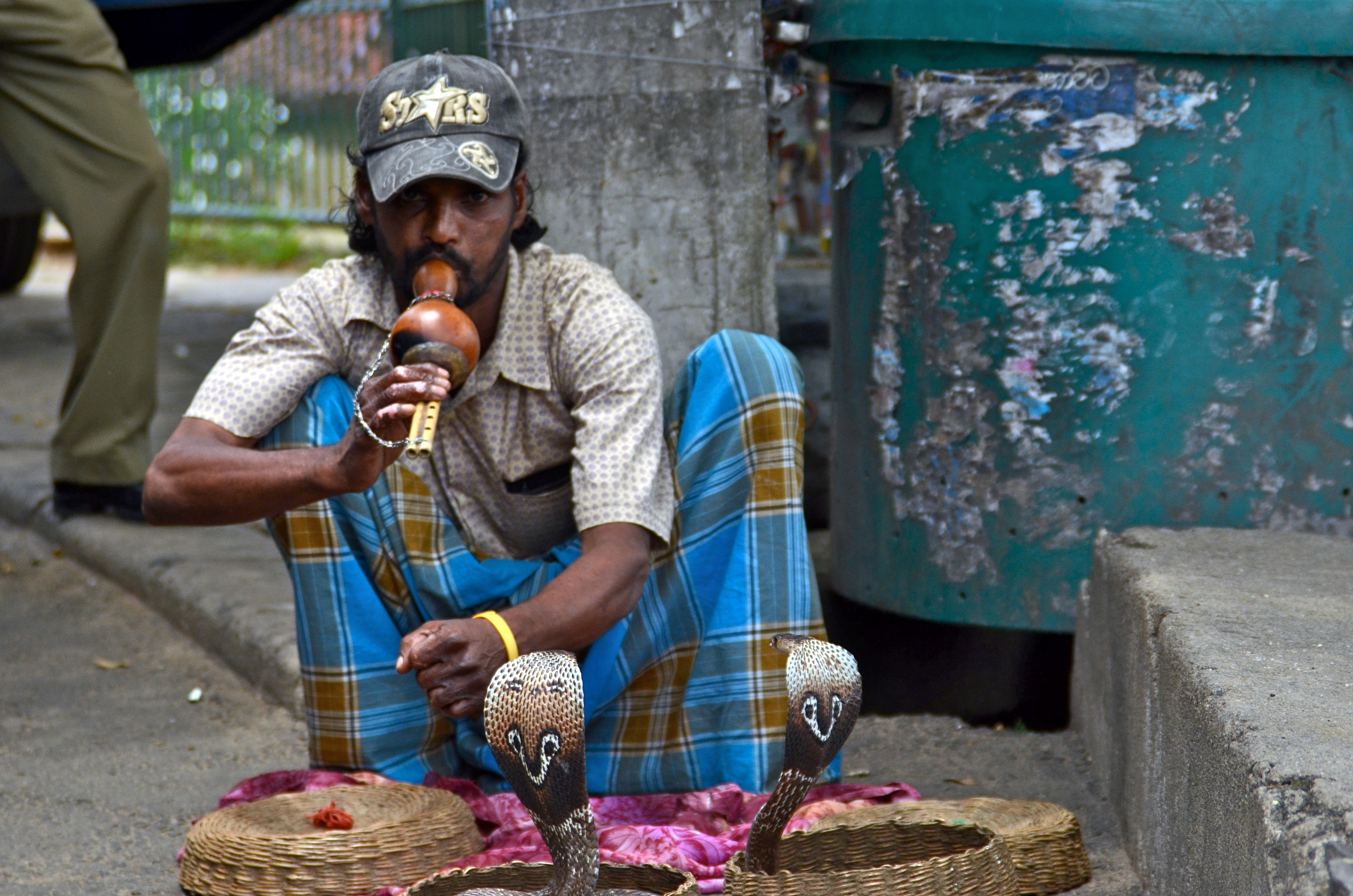
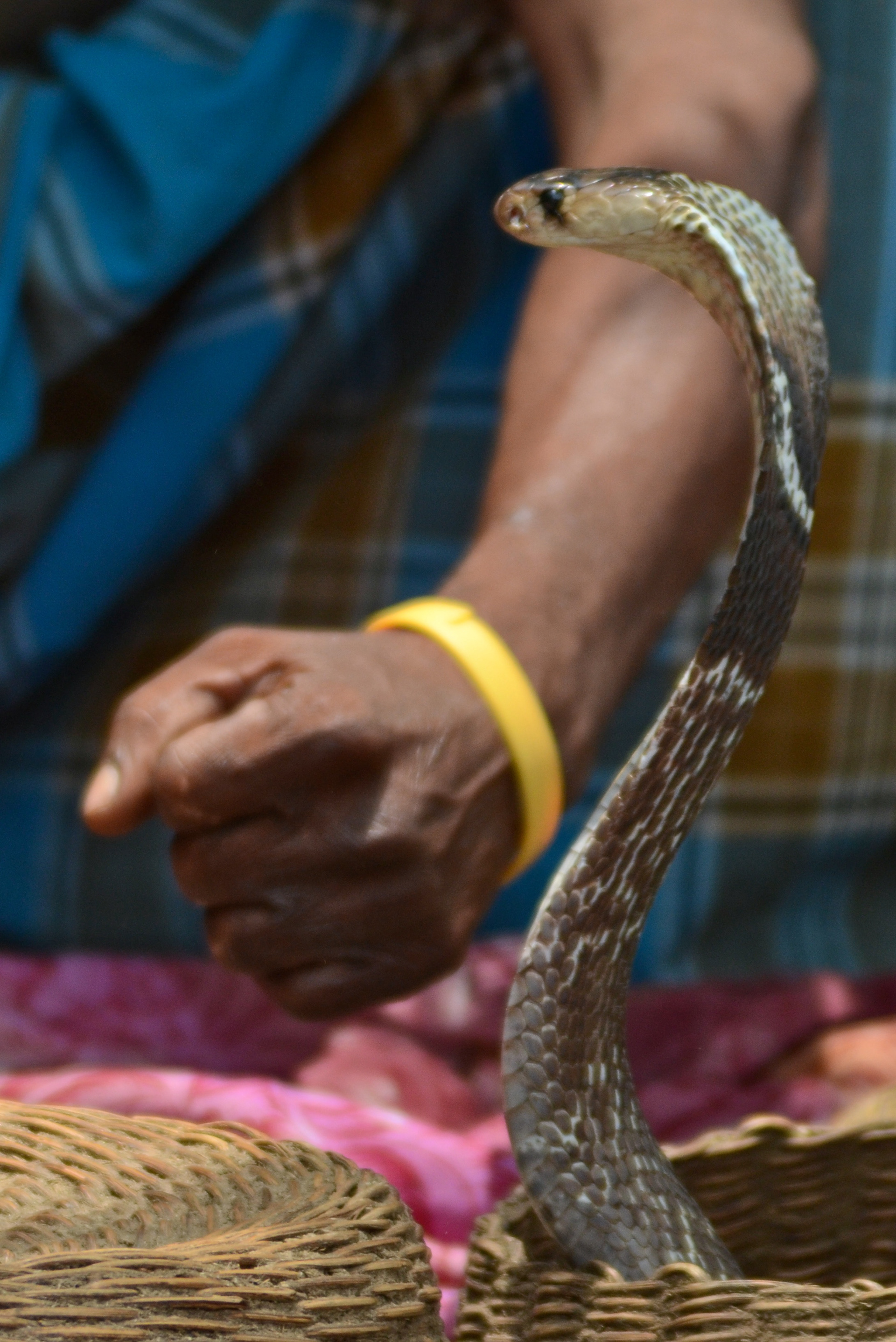
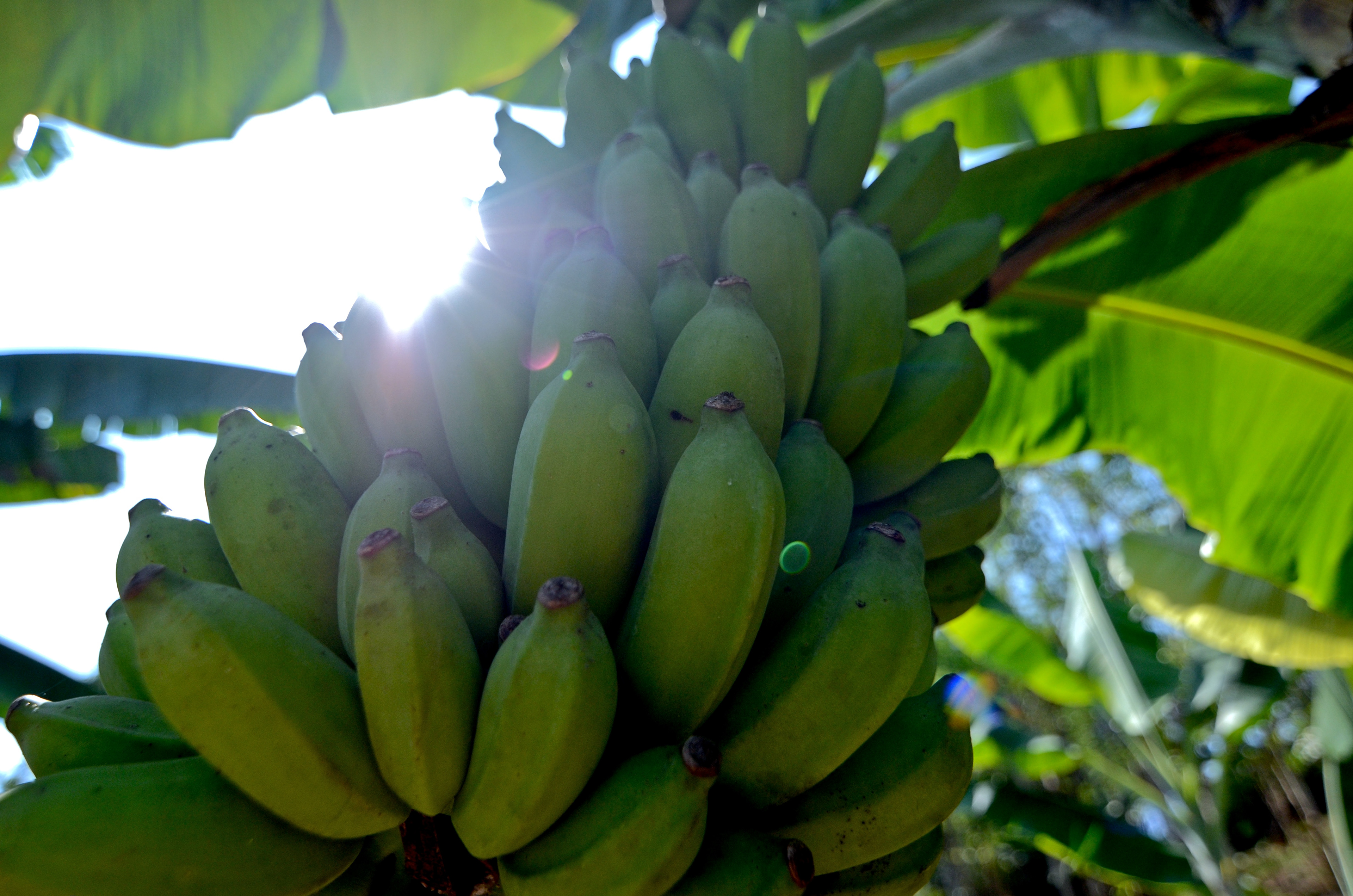
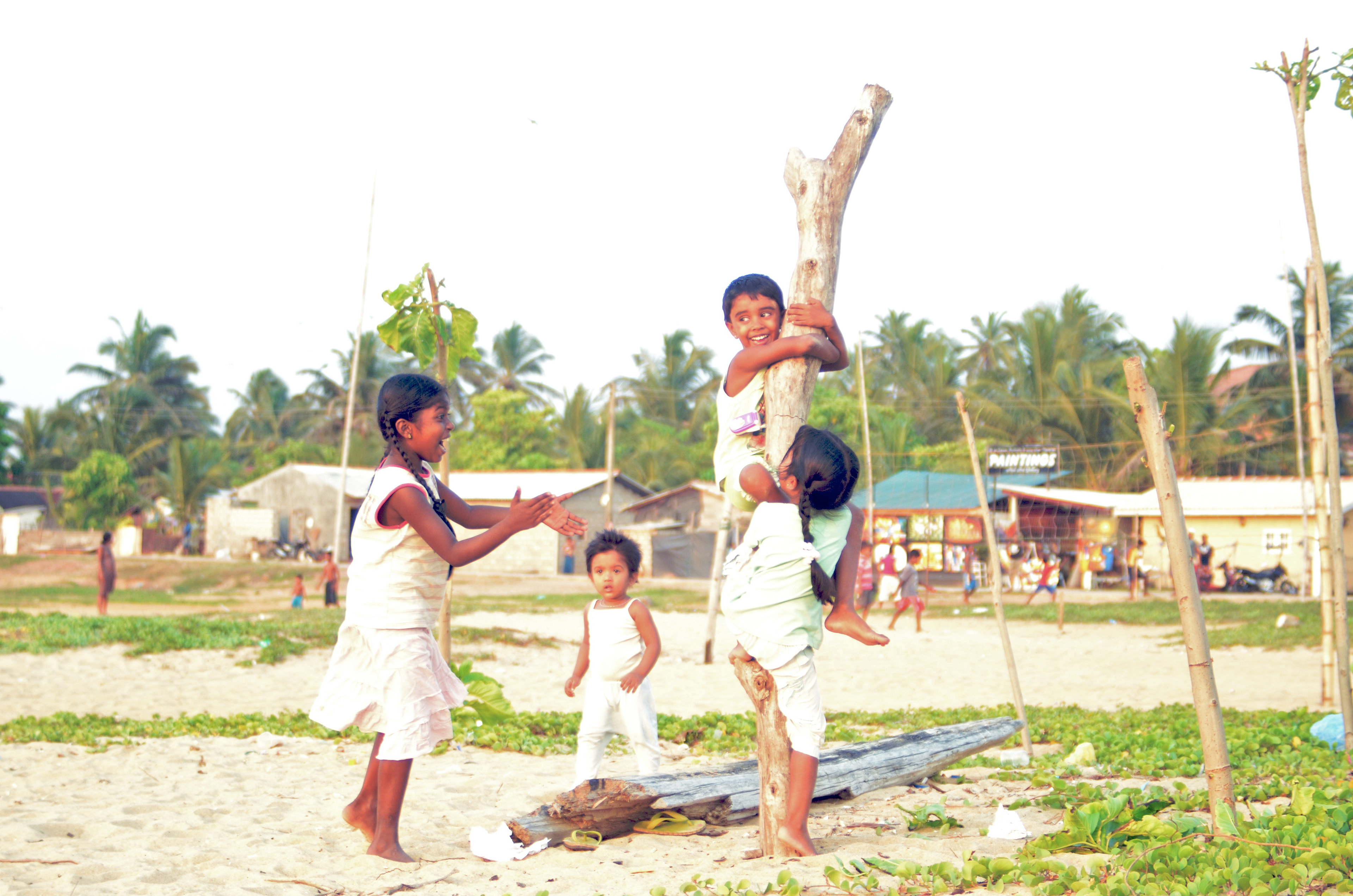
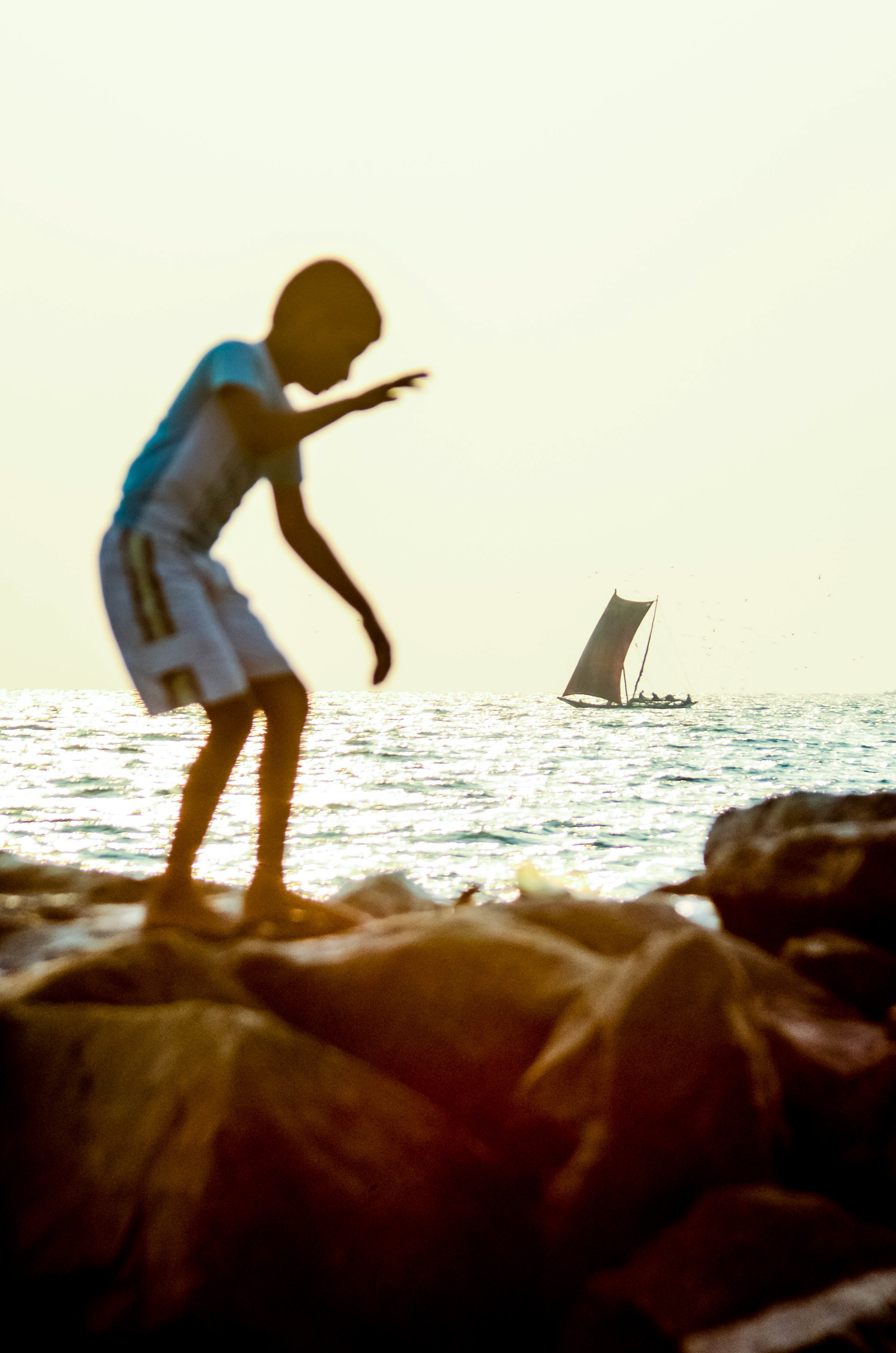



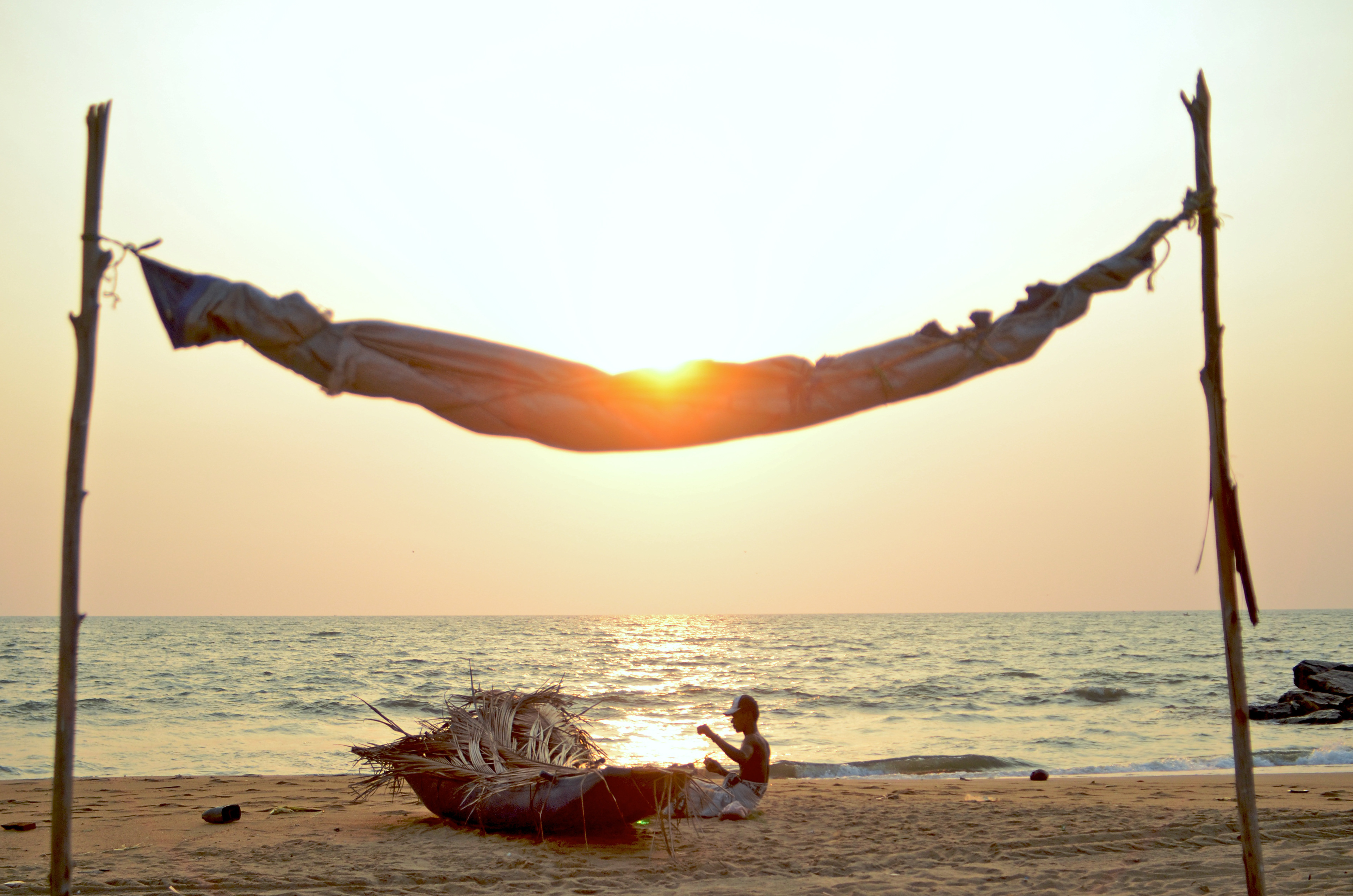
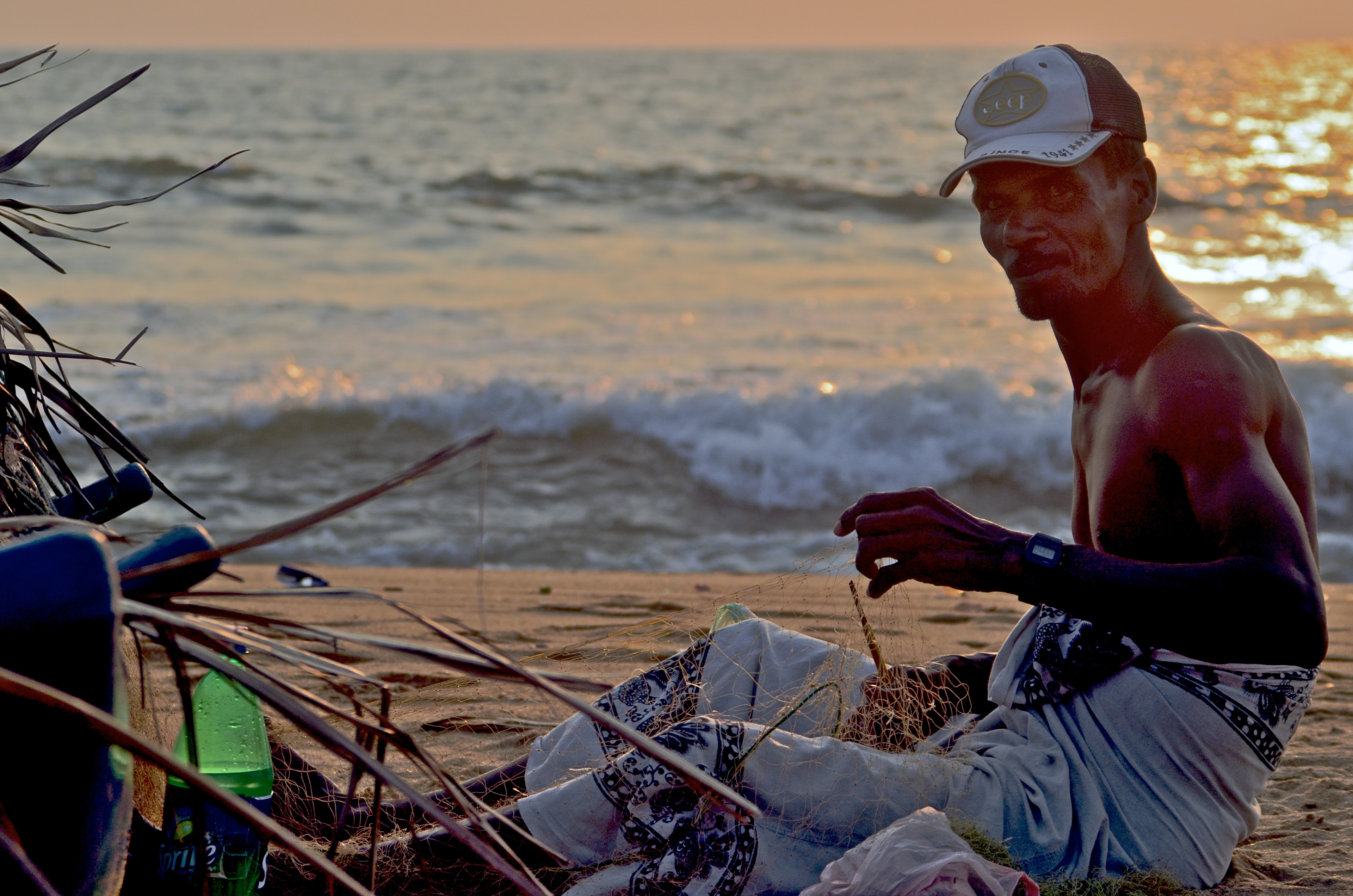
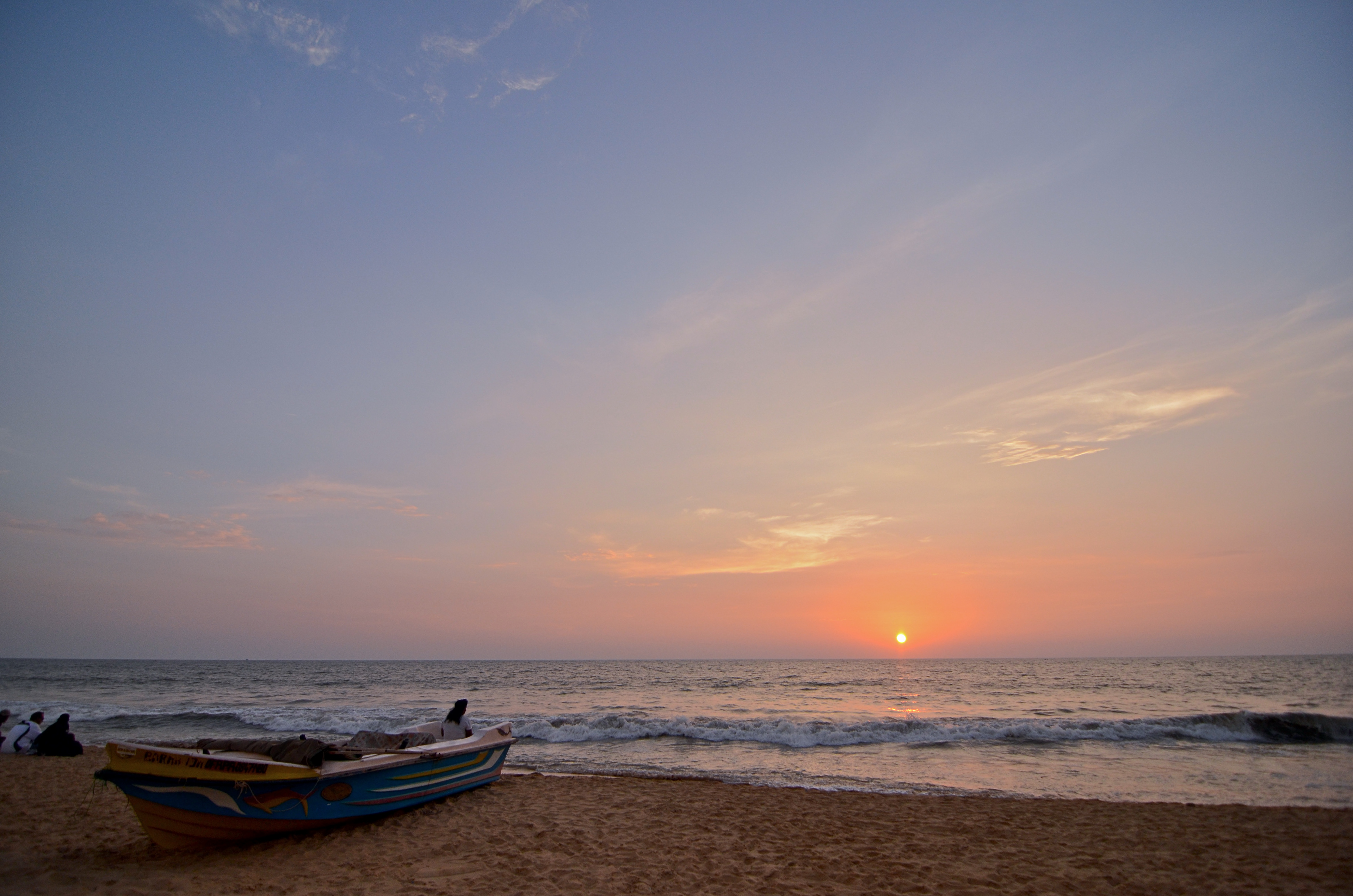

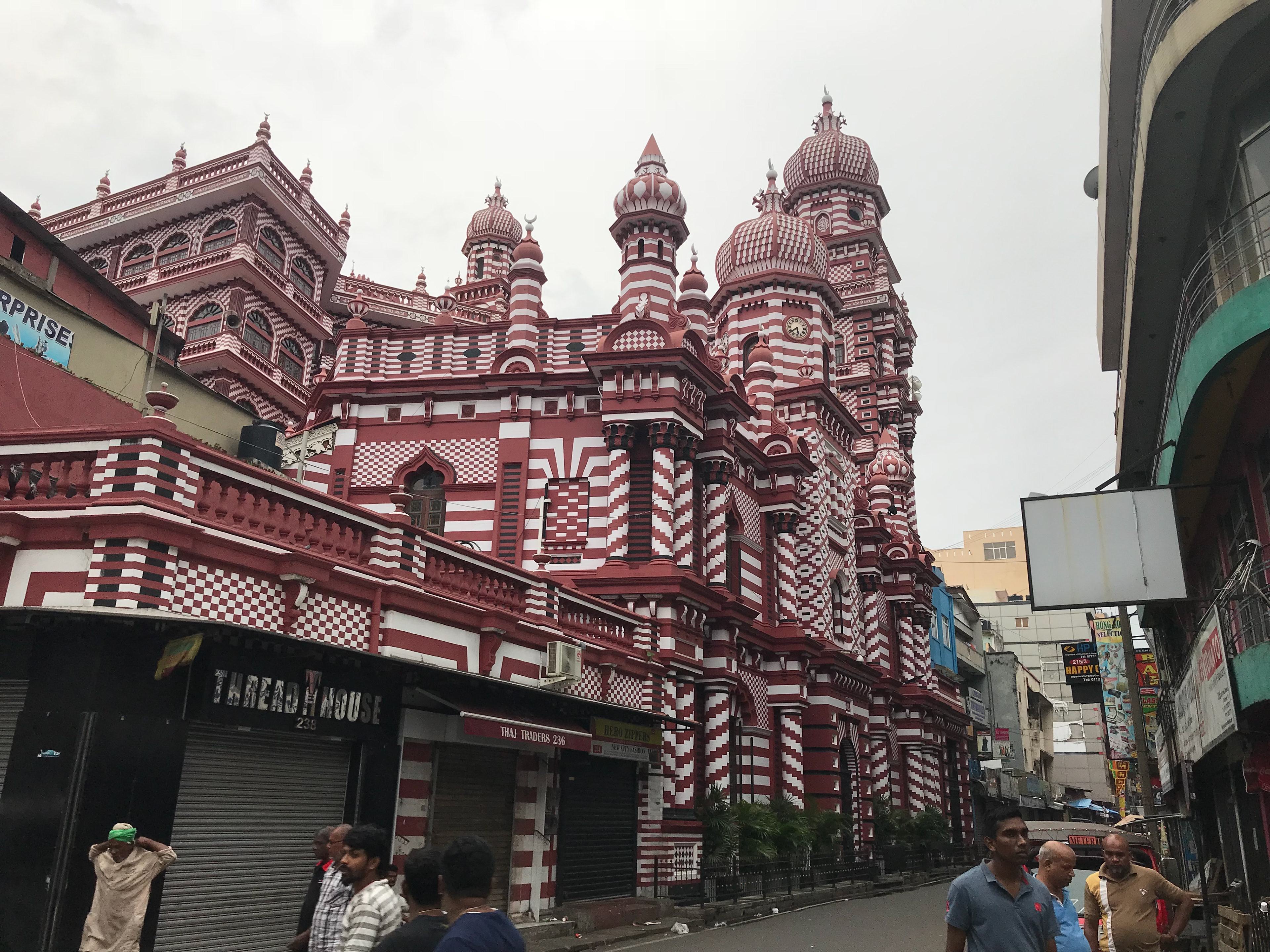

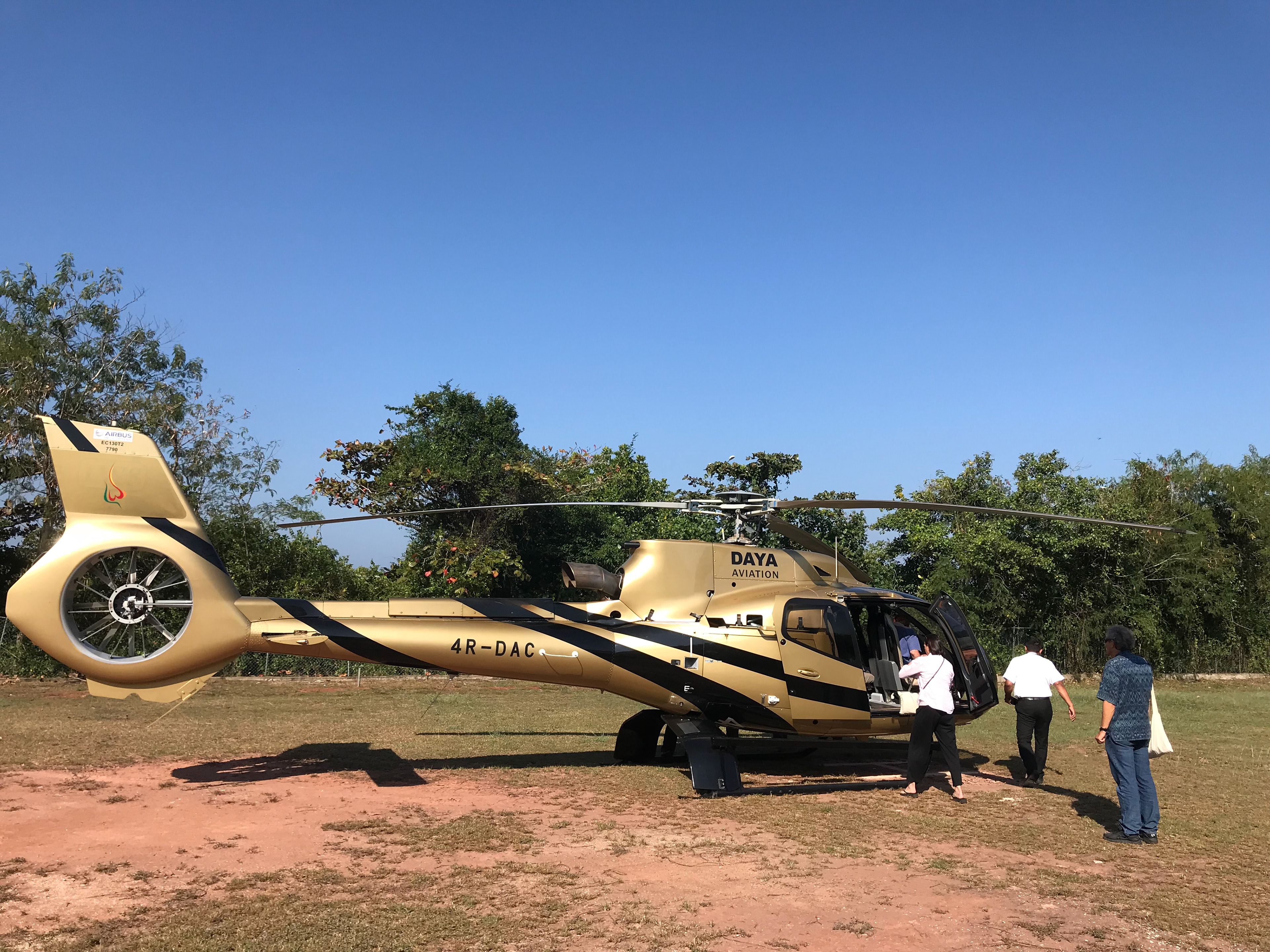

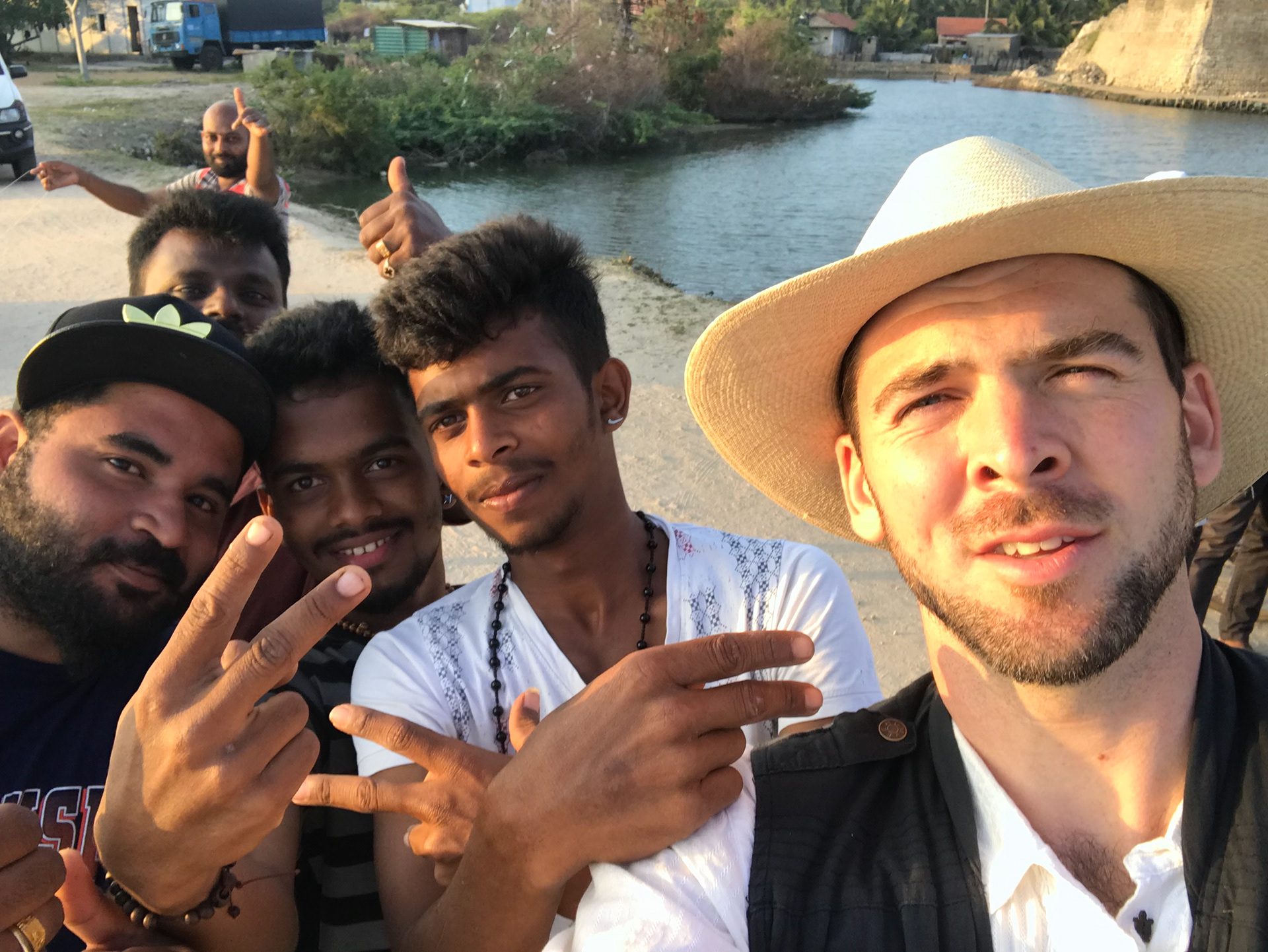
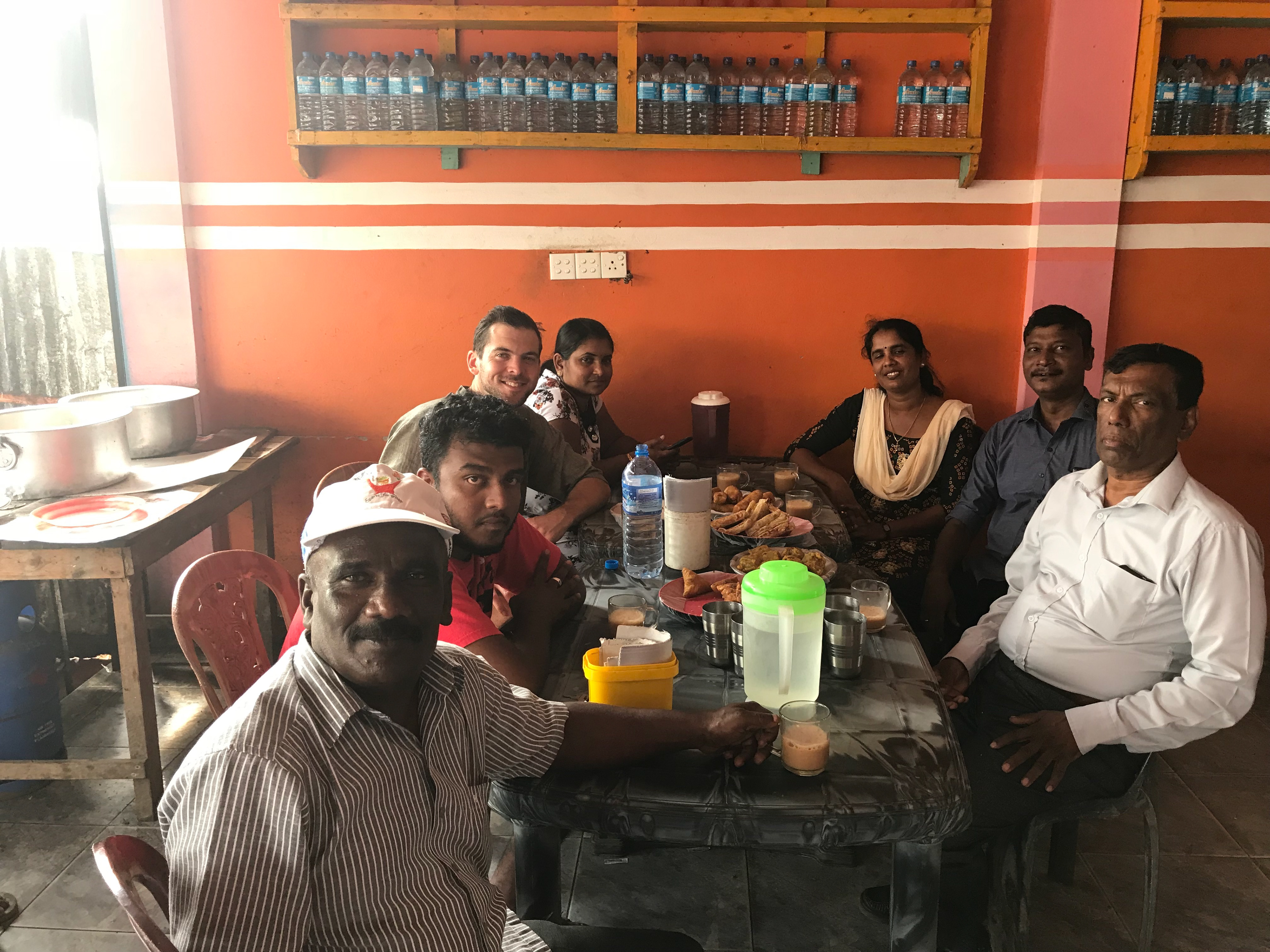
The model worked. Other mangrove-rich nations took notice. Seacology soon started a similar project in the Dominican Republic to protect all of that nation's mangrove forests and provide sustainable employment to local communities.
“ More than half the world’s mangroves have been lost over the last century but all of those surviving in Sri Lanka, one of their most important havens, are now to be protected in an unprecedented operation. The organizer of the project, the biggest of its kind, see the role of women as the key to its success.” — The Guardian